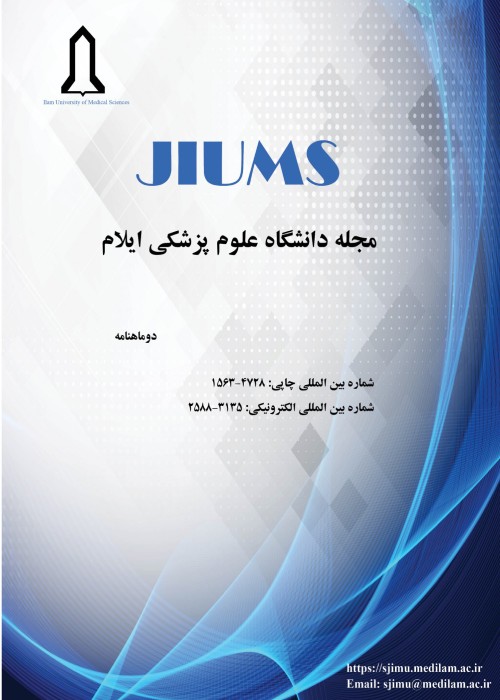Evaluation of the Severity of Rheumatoid Arthritis based on Blood Sedimentation Rate and Sensitive Joints using a Longitudinal Model
Disease severity of Rheumatoid Arthritis is a latent concept which should be observed using a measurement tool. This variable plays a significant role in assessing disease status both cross-sectionally and longitudinally. The DAS28 scale is a valid instrument for assessing rheumatoid arthritis severity. This scale consists of two components, namely, the general system (blood sedimentation rate) and joint system (sensitive joints) as two correlated ordinal responses. The purpose of this study was to determine the process and affecting factors of the disease. This study aimed to present a marginalized random-effect model accompanied by the factors influencing these components. This method is used to assess the variables with associations simultaneously.
This study utilized the information of 107 patients with rheumatoid arthritis who referred to Shariati Hospital, Tehran, Iran, during 2016-18. The response variables were the general system and joint system of patients that were classified by rank. A marginalized random-effects model and a joint marginalized random-effects model were used and the best model was selected based on the minimum amount of AIC. Data were analyzed using SAS software (version 9.4). A p-value less than 0.05 was considered statistically significant. Ethics code: IR.USWR.REC.1397.045
In the joint marginalized random-effects model, the effect of time was significant on the rate of blood sedimentation (OR=1.56, 95% CI: 1.27-1.93). Moreover, time (OR=1.85, 95% CI: 1.55-2.21), smoking (OR=0.31, 95% CI: 0.12-0.82), and level of vitamin D (OR=1.0, 95% CI: 1.00-1.02) had a significant effect on sensitive joints. Confidence intervals, standard error, and amount of the AIC in the joint marginalized random-effects model were less than the univariable model.
The results showed that the joint marginalized random-effect model could implement the mean of the marginal in the population as well as the correlation between the observations. Moreover, it was shown that the factors influencing the severity of the disease among the patients under study using the joint marginalized random-effects model included time, smoking, and vitamin D levels.
- حق عضویت دریافتی صرف حمایت از نشریات عضو و نگهداری، تکمیل و توسعه مگیران میشود.
- پرداخت حق اشتراک و دانلود مقالات اجازه بازنشر آن در سایر رسانههای چاپی و دیجیتال را به کاربر نمیدهد.


